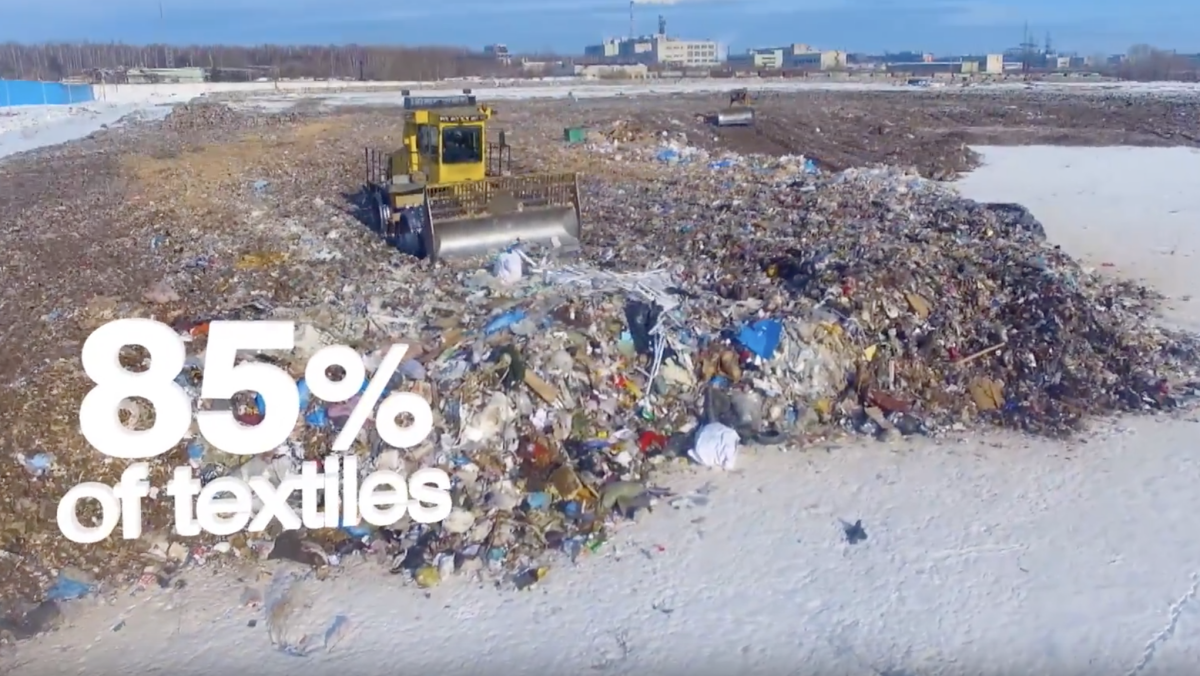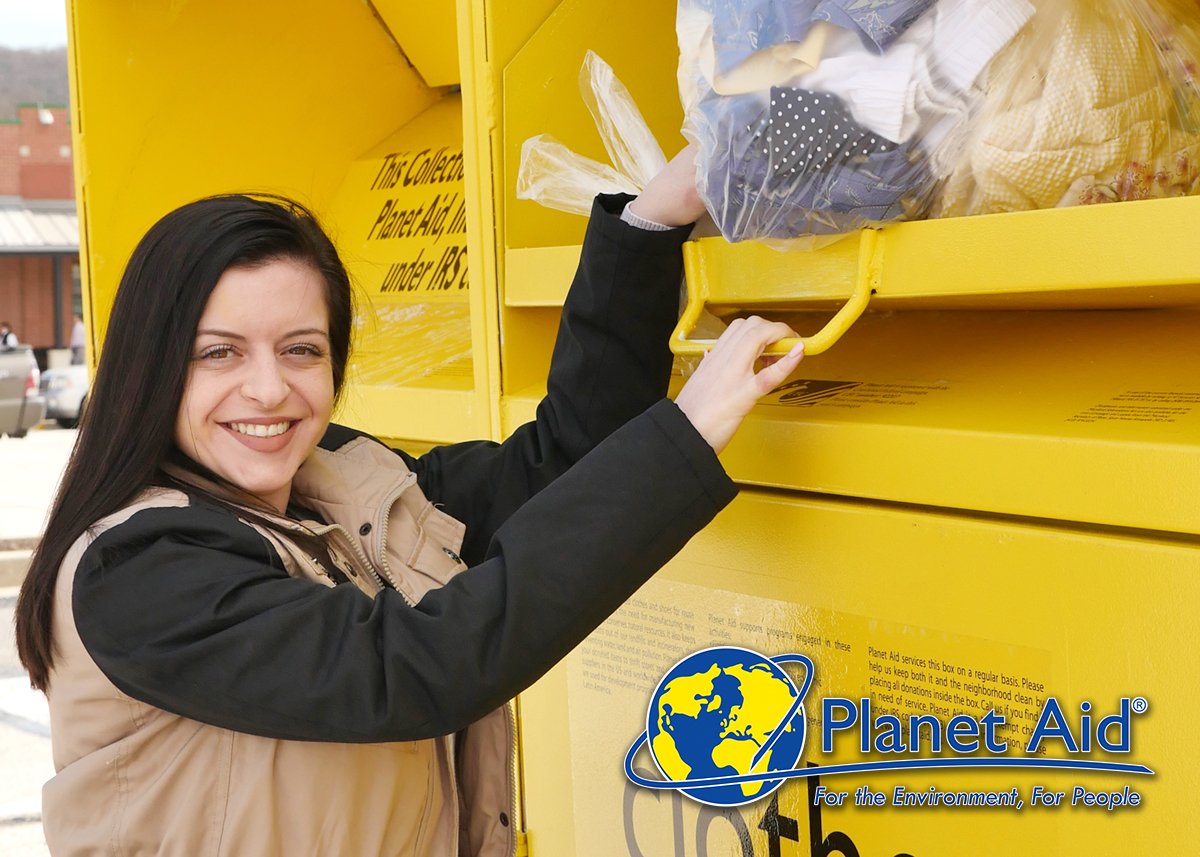Uniting to Change the Fashion Industry as We Know It
The United Nations recently came out in strong support of overhauling the prevailing fashion trend. It's not that the UN is appalled by the latest colors or cuts, rather it's because the fashion industry has been trending toward greater environmental and social harm over the past few decades. This could affect many of the UN's Sustainable Development Goal targets for 2030.
"Made in Forests" highlights the impact of the fashion industry on the environment and offers a glimpse of one sustainable way forward. Video produced by UNECE/FAO Forestry and Timber Section and United National Television, in partnership with United Nations Development Programme.
The UN thus organized the Alliance for Sustainable Fashion in July, which is committed "to changing the path of fashion, [and] reducing its negative social, economic and environmental impact." Olga Algaverova, the Executive Secretary of UN Economic Commission for Europe (one of the 10 UN organizations making up the Alliance), said that now is the time to "make sustainability the next fashionable trend."
This acknowledgement and commitment by the UN adds to the pressure coming from consumers on the fashion industry to clean up their business models and make a commitment to reducing their impact on global warming and climate change.
Does a Revolution Need to Happen?
Yes. The fashion industry (just clothing, not including other textiles like bed sheets, towels, etc.) is a $2.5 trillion a year industry and contributes to about 10 percent of the world's greenhouse gas emissions. That's more that the aviation and shipping industries combined.
The fashion industry has such a large impact, not just due to its size but also because it has a long and energy intensive supply chain. For example, one pair of jeans takes over 2,600 gallons of water to make. That's as much as an average person drinks in 10 years. This leads to the fashion industry being the producer of about 20 percent of the world's waste water.
Beyond the impact created during the production of textiles, there is a huge impact once the clothing goes home with the consumer. Clothing consumption in the US has nearly doubled in the past 15 years, and at the same time people are keeping and using the clothing they buy for only half as long. On average, people get rid of about 70 pounds of textiles each year, with 85 percent of that ending up in a landfill where it causes more damage to the environment.

Making the Change
While Planet Aid has been working for over two decades to spread the word about the impact of textiles on the environment, this support from the UN shows that the impact of the fashion industry is finally working its way into mainstream consciousness, and we couldn't be happier.
According to the 2018 Pulse of the Fashion Industry Report, a six percent increase in general sustainability within the garment industry took place since the 2017 report was released, showing that the trend of sustainable fashion is growing. That's great, but we still have a long way to go.
As a consumer, you have the ability to vote with your wallet. Look for and choose fashion companies that share their production methods and work hard to be as environmentally-friendly as possible. Shop at local thrift stores to make the most of clothing that has already been created. (If you're in Maryland, check out the Planet Aid Thrift Center.) Utilize available technology like the Good on You app and Bolt Threads to help continue the shift of the fashion industry to sustainable methods. And, instead of throwing your unwanted textiles into the refuse, take them to one of Planet Aid's big yellow bins and give them a second life.
Learn more about sustainable fashion on our Fast Fashion Vs. Ethical Fashion blog series.

